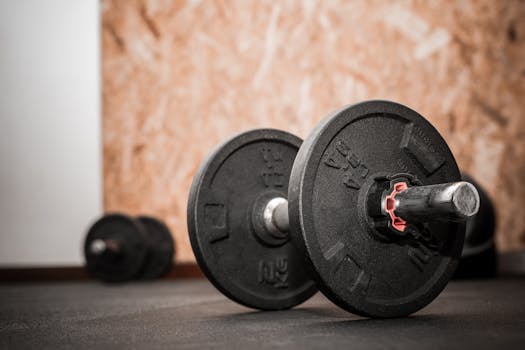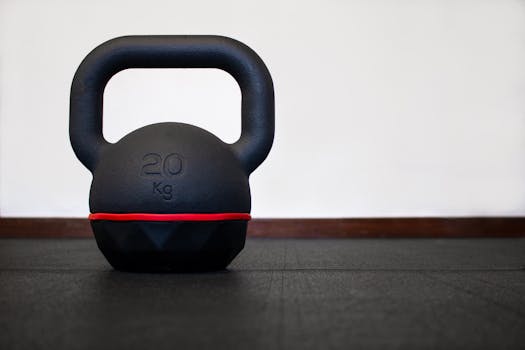
Unlocking Fat Loss: The Power of High-Intensity Interval Training
Takeaways:
- High-Intensity Interval Training (HIIT) is one of the most effective methods for fat loss.
- HIIT workouts can boost your metabolism and improve cardiovascular health.
- Incorporating HIIT into your routine can be time-efficient and highly effective.
- Consistency and proper nutrition are key to maximizing the benefits of HIIT.
High-Intensity Interval Training, commonly known as HIIT, has gained immense popularity in the fitness world. This training method alternates between short bursts of intense activity and periods of rest or lower-intensity exercise. But what makes HIIT particularly effective for fat loss? This article delves into the science behind HIIT, its numerous benefits, and how you can implement it into your fitness regime for optimal results.
Understanding HIIT: The Science Behind the Training

The effectiveness of HIIT for fat loss can be attributed to several physiological processes. One significant factor is the afterburn effect, or excess post-exercise oxygen consumption (EPOC). After a HIIT workout, your body continues to burn calories at an elevated rate as it works to recover, restore oxygen levels, and repair muscle tissue. This means you can continue to burn fat long after your workout has ended.
Additionally, HIIT workouts often lead to improvements in metabolic rate. As you push your body to its limits, your cardiovascular system becomes more efficient, which can help you burn more calories throughout the day. Research has shown that individuals who incorporate HIIT into their routines can achieve significant fat loss in a relatively short period, making it a popular choice for those looking to shed pounds.
The Benefits of HIIT for Fat Loss

Besides time efficiency, HIIT also enhances cardiovascular health. The intense nature of HIIT workouts can improve heart health, increase lung capacity, and enhance overall stamina. Studies have shown that individuals who regularly engage in HIIT experience lower blood pressure, improved cholesterol levels, and reduced risk of heart disease.
Moreover, HIIT can be tailored to fit any fitness level. Beginners can start with lower-intensity exercises and longer rest periods, while advanced athletes can increase the intensity and decrease rest times. This flexibility makes HIIT an accessible option for everyone.
Another notable benefit is the ability to incorporate various exercises into your HIIT routine. Whether you prefer bodyweight exercises, kettlebells, or resistance bands, there are countless ways to structure your HIIT workouts to keep them fresh and exciting.
How to Get Started with HIIT
If you’re ready to incorporate HIIT into your fitness routine, here are some tips to get started:
- Choose Your Exercises: Select a combination of exercises that you enjoy and that challenge you. Common choices include sprints, jumping jacks, push-ups, and cycling.
- Set Your Intervals: Start with a 1:2 ratio of work to rest (e.g., 20 seconds of work followed by 40 seconds of rest). As you build endurance, you can adjust this ratio to increase intensity.
- Warm Up and Cool Down: Always start with a warm-up to prepare your muscles and end with a cool-down to aid recovery.
- Stay Consistent: Aim for at least 2-3 HIIT sessions per week, combined with strength training and flexibility exercises for a well-rounded fitness routine.
- Listen to Your Body: HIIT is intense, so pay attention to how your body responds. Take rest days as needed and ensure you’re fueling your body with nutritious foods.
Conclusion





